Tania and I craned our necks over the dashboard of my pickup that I’d pulled over on the shoulder of a 2 way, 1 car width gravel road, and tried to figure out if we were on a driveway, a county road… or a dry creek bed. It was the start of a fairly typical Sunday adventure in the New River Gorge region of Southern West Virginia. We were on the trail of the Trump-Lilly Farmstead, a historic farm site that stands on the far southern fringes of the New River Gorge National River.
A friend mine from out west used to swear that Southerners just paved the game trails. That we let the deer tromp down some dirt then one day widened them with gravel and asphalt.
You’ve got to understand, a county road in West Virginia can be, well, challenging. An old friend of mine from out west, where streets often adhere to strict grid systems, used to swear that Southerners just paved the game trails. That we let the deer tromp down some dirt over a few hundred years… then one day widened them with gravel and asphalt. This may not be far from the truth, and some of our county roads in WV can be, well, an adventure unto themselves.
Pavement is not necessarily the norm, signs are not guaranteed or cryptic at best, and the differentiation between state property and private property may vary by only a few stones of gravel.
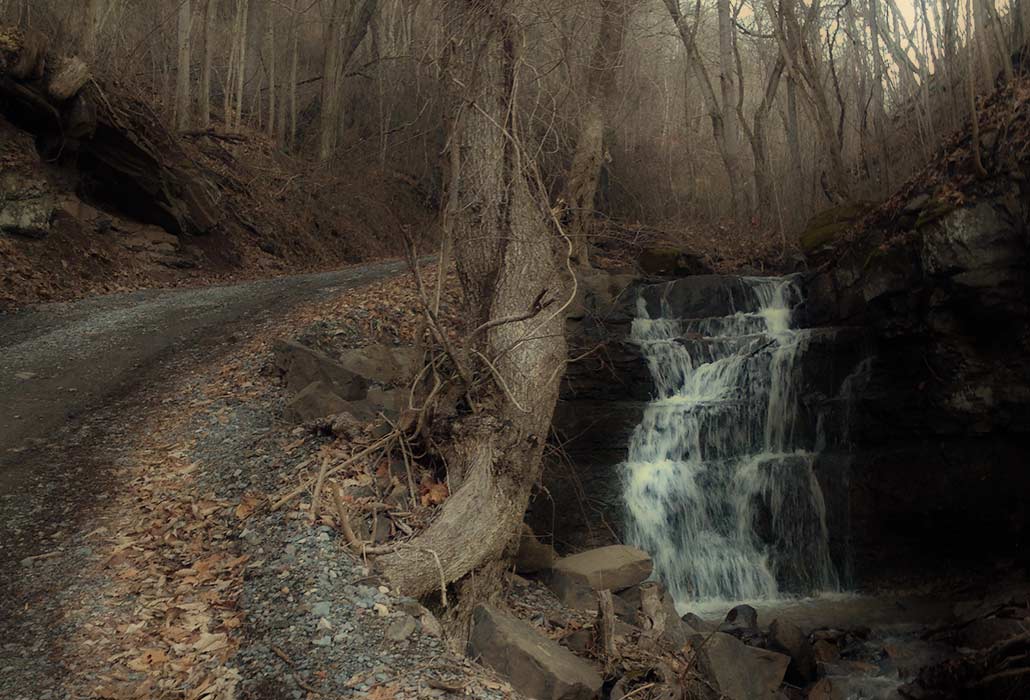
You’ll know you’re on the right track when you see this little crick tumbling down the side of the road.
Cross referencing a GPS, a now dog eared copy of printed directions from the NPS website and hillbilly intuition we decided to roll the dice and head on up the windy ridge bound road that threatened a mandatory shift into four wheel drive. The first bend in the near 40 degree grade was flanked by a surprisingly close creek and its’ series of waterfalls. As we gained elevation we could see the railroad town of Hinton spanning the far bank of the New River. We settled into the adventure regardless of the destination. The route we followed, had in fact, been unchanged since the 19th century and it was hard to imagine a horse drawn carriage or early model truck making it’s was up the challenging turns… especially with a fresh coat of WV mud.

Eventually we rumbled our way to a shelf near the top of Sewell Mountain and were pleasantly surprised to see a seemingly ancient and fragile white farmhouse begining to peak at us from behind the gaps of the hardwood forest. We managed to sneak the truck into an awkward, off camber “parking” spot on the side of the road, grabbed our jackets, and set off to explore the ruins like Appalachian versions of Indiana Jones. As we ducked and twisted our way over and through the old fence and the green barbwire of brambles and black berry canes that lined the property we shimmied our way back into a way of life that was prevalent in early Appalachia.
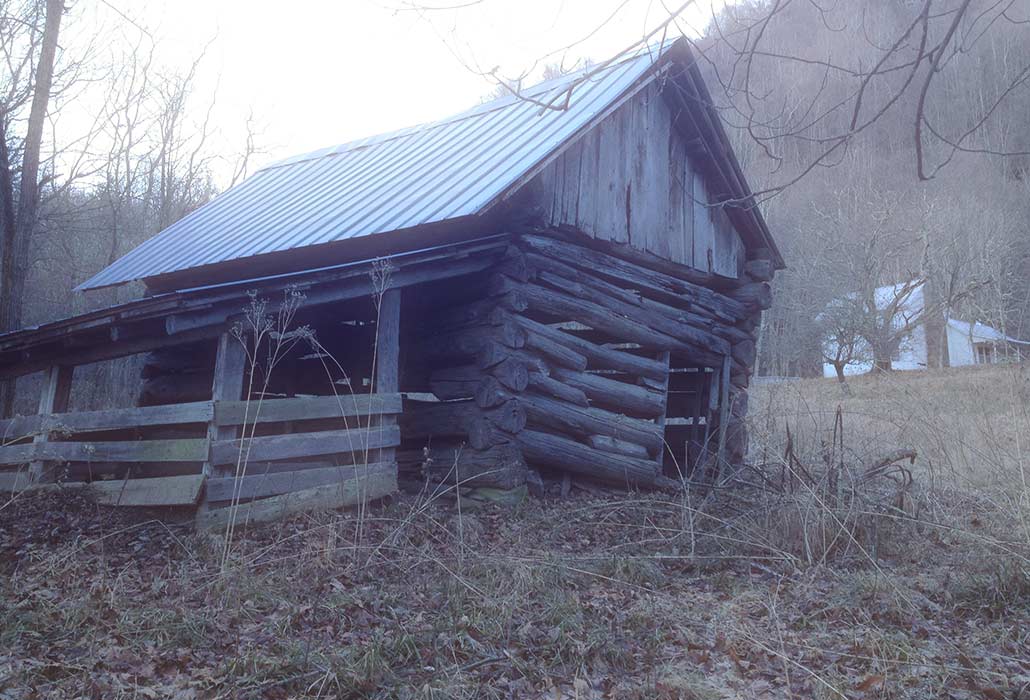
With growing public concerns regarding our nation’s industrialized food system, and the quality of food it provides, in the past few years the interest in and practice of gardening, farming and homesteading has seen a resurgence. Those who settled in the rugged hills of the New River Gorge region practiced homesteading not out of choice, but, out of necessity. The Trump-Lilly Farmstead stands much as it did in the 1800’s when a family grew the crops they needed to survive, not for sale, but for their family’s subsistence.
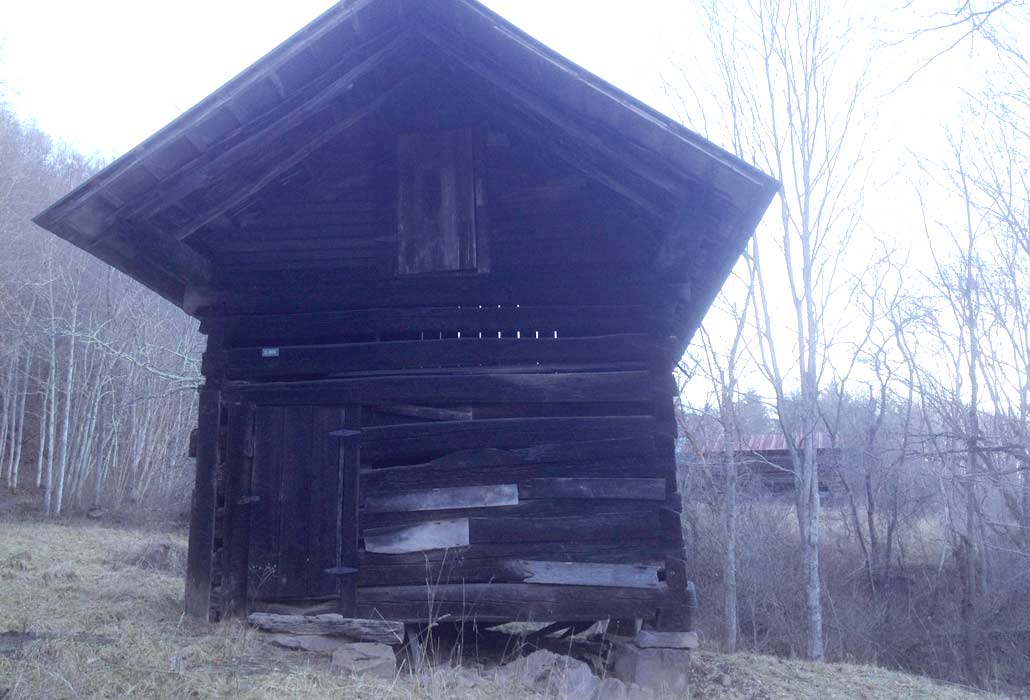
The granary is a really impressive, dovetail style log structure.
Slogging through a soggy portion of the property we snuck up on an opposing two story chestnut log structure, the granary. It’s an impressive structure, and surprisingly tall given it’s old age. We peaked inside, then crept on to the two story, whitewashed farmhouse. The clapboard siding of the rickety home hid the bones of hickory logs. Off the side of the two story portion of the home is an impressive, and tightly constructed chimney of locally sourced sandstone. Stepping up on the porch to peer through the windows of the home it was hard not to hear the theme song to little house on the prairie in your mind and picture Laura Ingles bouncing through fields of daisies. We longed to find a way into the building, to stand within the very rooms where early weather beaten pioneers found refuge from the wilds of Appalachia, but the home was sealed tight. So, instead we performed dance like gestures and near yoga poses as we negotiated various views of the inside from the louvered windows installed by the N.P.S.
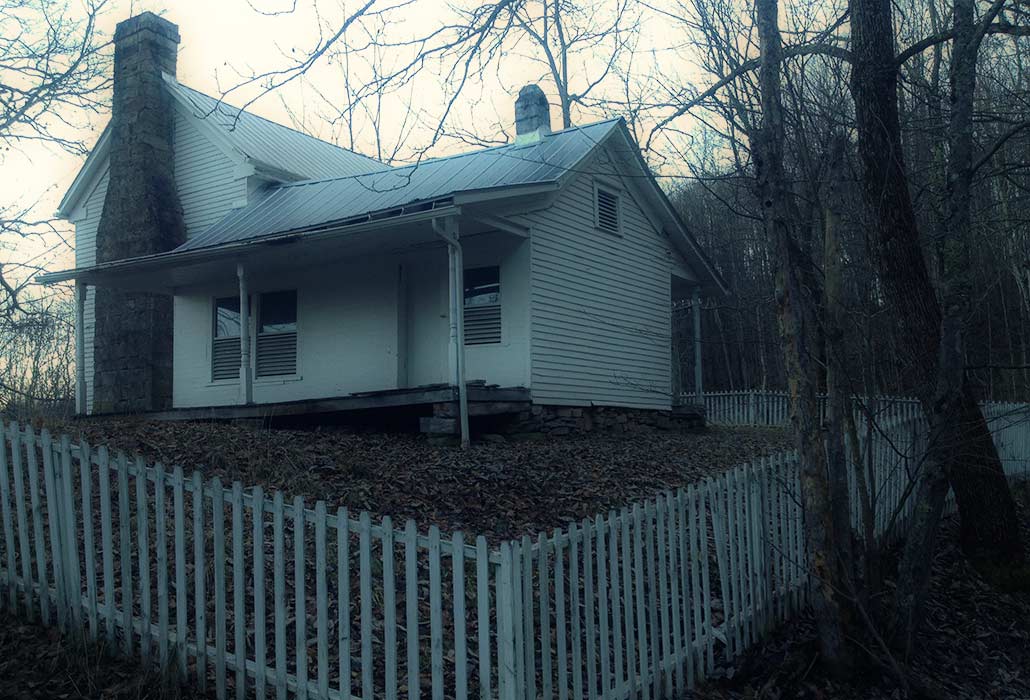
Off a point of the back porch we wandered over to a stone structure resting with it’s feet wet in the cold waters of a spring. It was, of course, the spring house… the only practical solution for storing food in cool temperatures at the time. Beside it sat a laundry shed, still sheltering a early electric washer and wringer hidden in the damp, dark interior. Wires still crossed the rafters where clothes were likely hung to dry after benefiting from the then miracle of modern technology provided when electricity finally draped it’s way into these hills over a thousand feet above the New River.
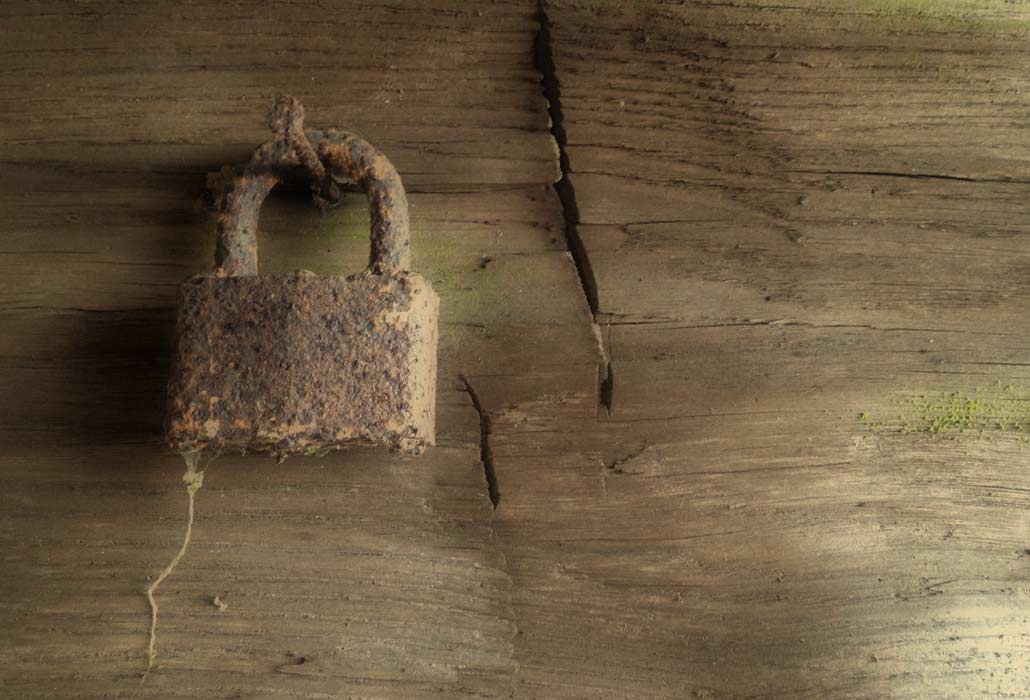
One could only imagine the peaceful, but likely at times remarkably isolating, lifestyle that Mary Richmond and her husband Richard Trump experienced on this homestead in 1888. She is the earliest confirmed resident of the house which was gifted to her by her father William. It’s documented that the couple raised several milk cows, beef cattle, 70 sheep, 28 swine, and a remarkable number of fowl… in the ballpark of 138 birds! They had an orchard with at least 150 fruit trees of various types and managed a wood lot in the forest around them. The fields around their home were used to grow corn, wheat and oats to feed their livestock and a vegetable garden was maintained to meet the nutritional needs of their family.
In 1905 the Trump family sold the farm to Laura B. Richmond…. who in turn sold the property to Naaman Lilly in less than a year’s time. The property moved out of, then back into, the ownership of the Lilly family until it was eventually purchased by the National Park Service in the late 80’s.
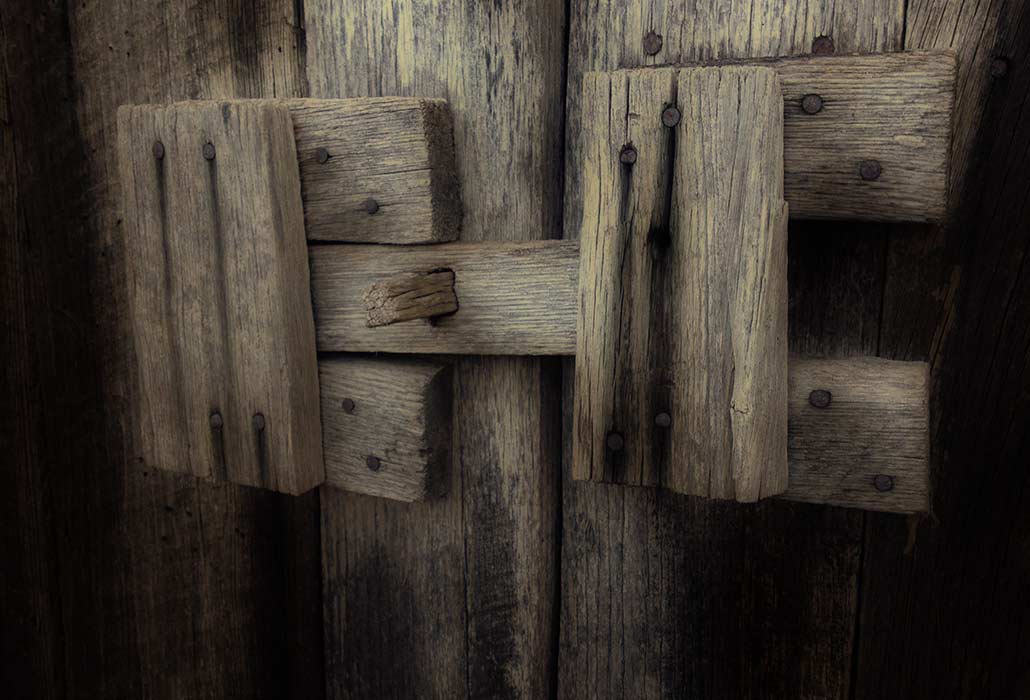
The Trump-Lilly homestead is one of the few, untouched and well preserved examples of the once common practice of subsistent homesteading in the Appalachia region. It’s an adventure to visit, but well worth the travel to catch a glimpse of early Appalachian life.
Resources: The Trump
This PDF provided by the National Park Service contains more information then you could ever wish to read about this incredible landmark…219 pages to be exact! It’s an interesting read. Thank you NPS!
You can also see more photos of the Trump-Lily Farmstead on the New River Gorge National River Website.
Directions To The Trump-Lily Farmstead:
**Warning, the road to Trump-Lily Farmstead utilizes a difficult to maintain, and often treacherous one lane mountain road. With the addition of rain or snow it could easily be unpassable. The Prius might not cut it this time. ***
From the town of Hinton drive over the New River on Temple Street (State Route 20) and take your first right on to Madam’s Creek Road.
Then take an immediate right on to New River Road (County Road 26).
It will bend left, then take your first left on to Freezeland Mountain Road (County Route 26/3).
Do not expect to see any signs or markings from this point on. Or gas stations. Or McDonalds. You’ll know you’re on the right track if you pass the waterfall pictured above in one of the first, sharp steep turns.
The drive is beautiful, and parking is sketchy at best… but the destination is a little dab of historic awesomeness.
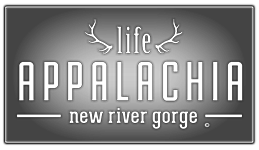
1 Comment